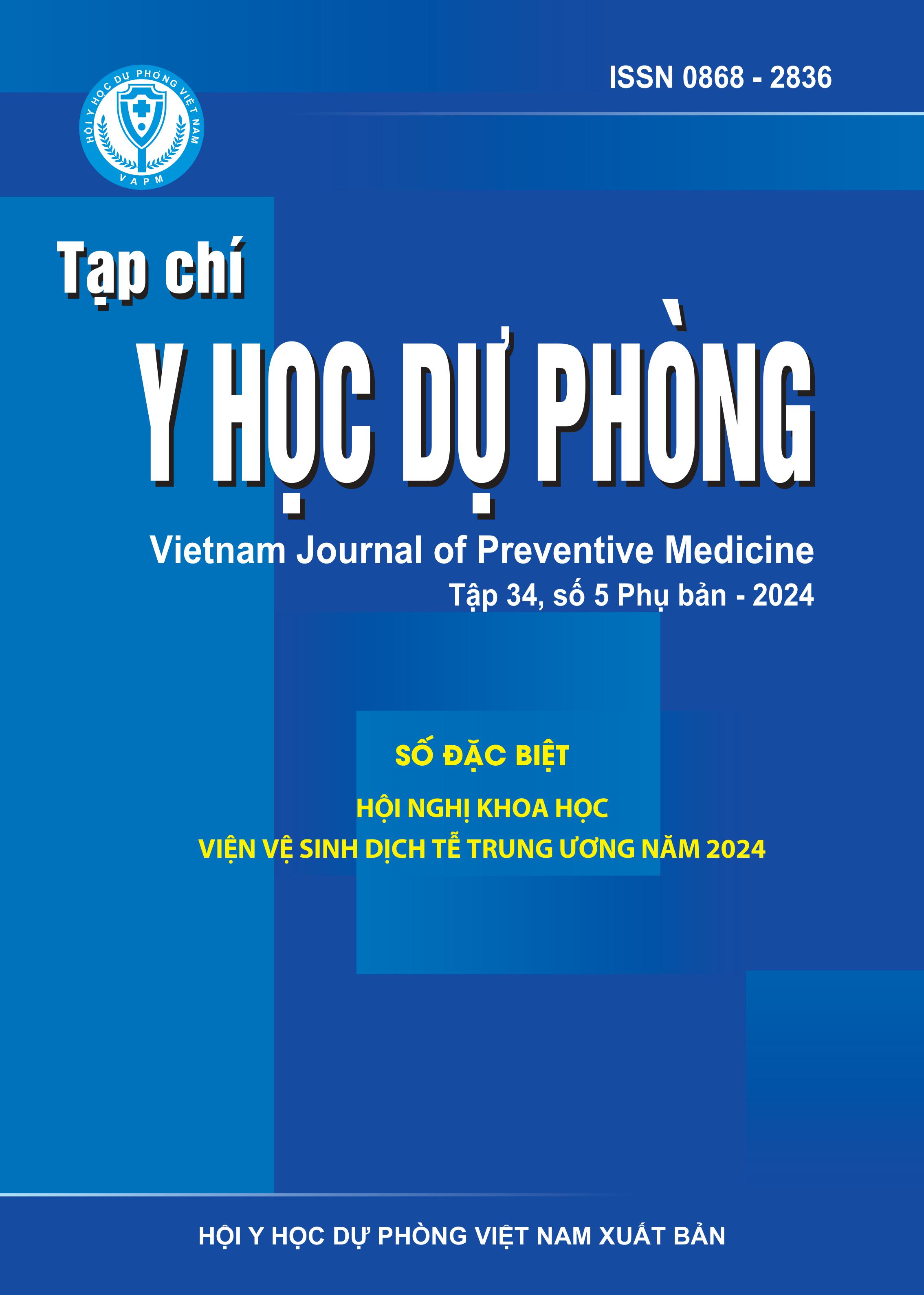Long - term sequelae in children with Japanese Encephalitis treated at National Children's Hospital, 2017 - 2023
DOI:
https://doi.org/10.51403/0868-2836/2024/1858Keywords:
Japanese encephalitis, sequelae, rehabilitation, National Children’s HospitalAbstract
The National Children’s Hospital, a tertiary pediatric speciality healthcare facility, treats nearly half of all Japanese encephalitis (JE) cases nationwide. However, no studies have been to date evaluating the long-term sequelae in children with JE treated at this hospital. This cross - sectional descriptive study collected data from 360 JE patients treated at the National Children’s Hospital from 2017 to 2023. The results showed that most patients were male (61.9%) and Kinh ethnicity (76.4%). The median age at onset was seven years, ranging from 1.5 months to 15.7 years. 21.4% of all patients were completely unvaccinated against JE, and 53.1% had unknown vaccination histories. The rate of long-term sequelae and death due to JE sequelae was significant (42.2%), with 29 deaths (8.2%) and 41 cases (11.6%) of severe sequelae. The remaining cases included 56 children (15.9%) with moderate sequelae, 23 children (6.5%) with mild sequelae, and 204 children (57.8%) with complete recovery. Neuro-motor sequelae were the most common (21.0%), followed by neurological sequelae (11.3%) and motor sequelae (1.7%). Notably, there were 12 cases (0.3%) of cerebral palsy with quadriplegia and inability to communicate, including three children who required continued mechanical ventilation. Associated factors that help predict long-term sequelae and death in children with JE include the need for mechanical ventilation during treatment, tracheostomy, and inpatient stay exceeding two weeks.
Downloads
Downloads
Published
How to Cite
Issue
Section
License
Publication License No 150/GP-BTTTT signed on May 8, 2014;
Electronic Publication License No 322/GP-BTTTT signed on June 15, 2016.


